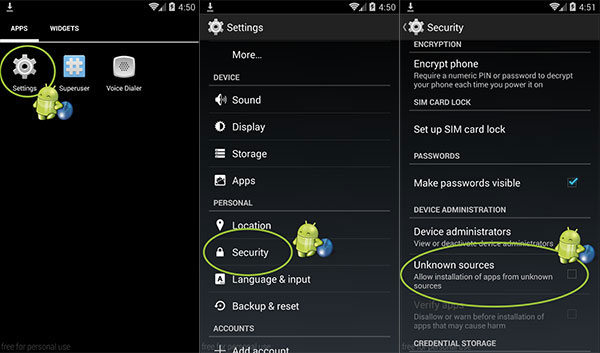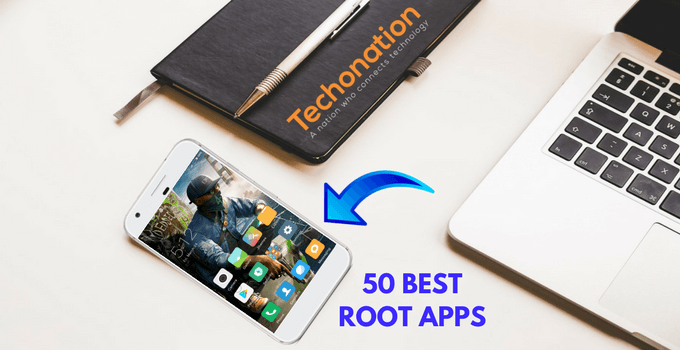
It was stranded at Android 7.0 (“Nougat”) when Motorola stopped updating it. First launched in September 2016 in the U.S., the phone has 2 GB of memory, 16 GB of on-board storage (along with a microSD card slot). To make that list, and prove it worked, we grabbed a cheap, old phone. Me, looking at the best cheap phone 2016 had to offer, from a 2019 vantage point. We wanted a shorter list of things that really work. There are many, many other search results for “how to speed up android” or “fix slow laggy android” that offer drastic measures (like rooting or installing unofficial ROMs) or unproven “tricks”. These days, even the cheapest Android phones can do the basics without serious tuning.

Most were written when every phone was low-spec, in some sense.


I and fellow iFixit writer Whitson Gordon wrote approximately 850 kadzillion blog posts involving Android customization and optimization during the early days of Android phones. But there are many things you can swap out, software-wise, to make up for its hardware inefficiencies. Some things you cannot change about that old phone you pulled out of a drawer: The processor, the camera, the on-board memory, and, in some cases, the storage space. Rescuing an old or cheap Android phone, keeping it out of the waste stream, avoiding the impulse to always buy new: it feels good.Īctually using that phone with an Android version two or three versions behind, waiting for apps to load, feeling it shudder a bit as you simply scroll down a feed: it feels like trying to run a 5K after taking too many Benadryl.


 0 kommentar(er)
0 kommentar(er)
